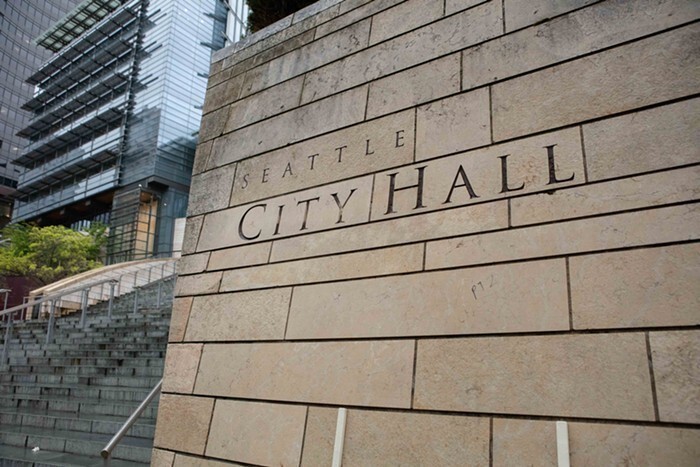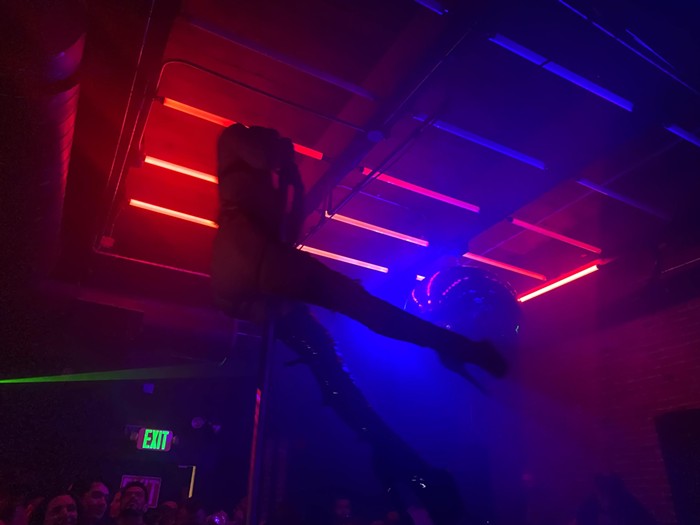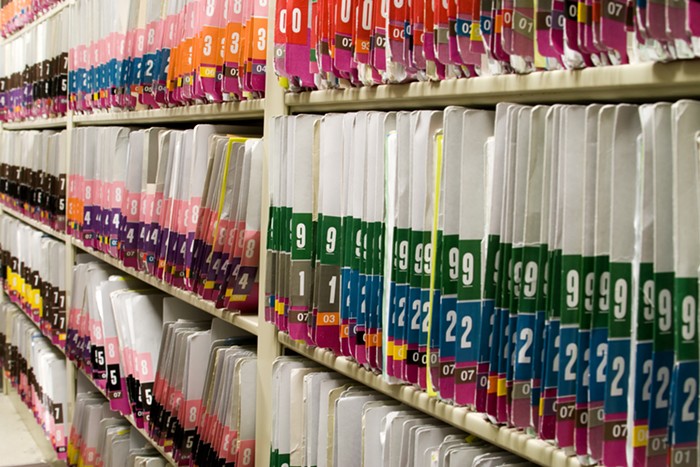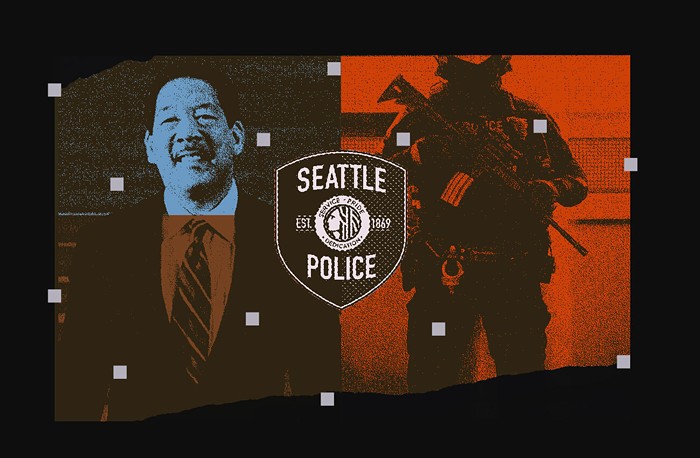On Monday, August 14, a consultant hired by the Seattle City Council to study the "surface" alternative for replacing the Alaskan Way Viaduct is expected to release a report finding that, just as the Washington State Department of Transportation has claimed all along, the "surface" option will result in nearly day-long gridlock along the Alaskan Way corridor. That consultant, DKM Associates, has already confirmed that it would assume, as WSDOT had, that every single one of the 100,000 cars currently traveling in the viaduct corridor would stay there, an ssumption that would prejudice the study in favor of WSDOT's highway-centric approach to transportation planning. Opponents of WSDOT's approach have been saying for years that replacing the viaduct's current car capacity with transit, demand management, and improvements to existing surface streets would allow WSDOT to tear down the viaduct and replace it with a surface boulevard with little impact to downtown traffic levels.
The city's consultants didn't bother to examine such a strategy. Surprisingly, however, WSDOT did. The second report, a $1 million study commissioned by WSDOT in 2002 to determine how to reduce traffic impacts during viaduct construction, will be released later this year. (The city paid DKM Associates just $40,000 for its study.) A preliminary update from February 2005, obtained through a records request by Cary Moon of the People's Waterfront Coalition, a group that advocates for the surface/transit option for replacing the viaduct, shows that a combination of transit improvements, changes in parking and street-use patterns, enhanced signal controls, and other incentives will likely be more than adequate to reroute cars, freight, and transit commuters through the downtown street grid while Alaskan Way is fully or partially closed during construction, a closure that's expected to last at least four years. According to the report, the package of proposals "is intended to provide the tools necessary for the transportation system to respond to changing conditions—to provide viable alternatives to the automobile—[and] maintain the movement of people and goods in the corridor even during the most disruptive construction stages."
Although the draft report itself remains confidential, the 2005 update outlines many of the proposals consultant Parsons Brinkerhoff planned to study in an effort to lessen construction impacts. Most of them will sound familiar to anyone who has followed the debate between tunnel proponents and backers of the surface/transit option: convert long-term parking to short-term parking (to discourage commuters from driving in and parking all day); improve traffic signal systems; extend bus hours during construction; expand water taxi service; divert traffic onto alternate routes; reduce on-street parking; close Third Avenue to personal cars permanently; and encourage different work hours and telecommuting, among a long list of other strategies. Most, if not all, of these proposals were outlined by the PWC three years ago, and all have proven effective in reducing congestion in cities (like San Francisco and Portland) that have torn down freeways and implemented alternatives.
So if the state ultimately concludes that it could provide mobility to freight, commuters, and other traffic during a four-year viaduct shutdown, logically, it should also conclude that it could provide those users mobility in the long term too. If WSDOT's solutions for construction closure accompanied the construction of a new four-lane surface boulevard, the viaduct could be eliminated—without being replaced by a massive six-lane tunnel that will suck up billions of tax dollars for decades to come and perpetuate Seattle's auto dependence. It's a good idea. Too bad Mayor Greg Nickels won't examine it.


















